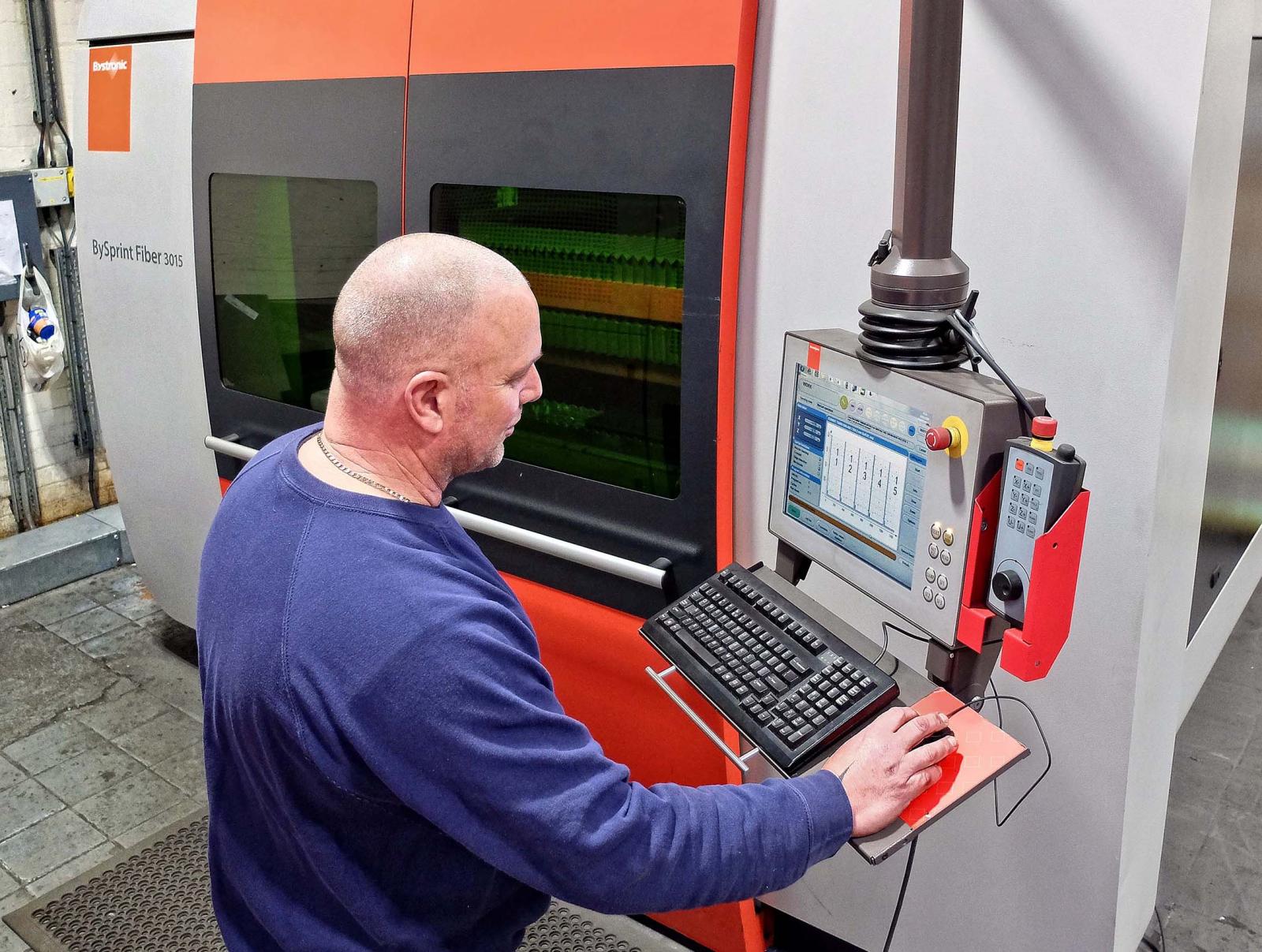
New fibre lasers give Holmfirth-based sheet metal design and engineering specialists Allsops Ltd at least three times the capacity if its previous CO2 machines.
The company mainly processes mild steel from 1.2 to 3 mm thick and for these gauges not only is the output higher, but the running costs on its two Bystronic fibre laser machines are much lower.
Together, the machines are so productive that it is no longer necessary to run the factory 24/7 to produce the required output.
Allsops has also upgraded its bending capability with the addition of two Xpert 40 Bystronic press brakes having a bending length of one metre and a stroke of 200 mm. They provide a much more efficient platform for bending smaller parts than is possible using a 3-metre capacity machine, which necessarily has slower axis movements.
Further benefits come from Allsop's use of the Swiss manufacturer's BySoft 7 software to program both the fibre laser cutting machines and the new press brakes. It results in seamless, rapid progression from cutting the blank to bending and guarantees accuracy of the first-off part - invaluable when dealing with prototypes and short runs.
Allsop's technical director Stephane Lericolais said: "We previously used generic programming software for laser cutting and bending, but since 2010 we have standardised on BySoft 7. It imports our customers' 3-D CAD models, flattens them and automatically generates programs offline for cutting the parts, nesting them optimally within a 3 x 1.5 metre sheet, and then bending them accurately.
"We know that the first part will be within tolerance whereas previously, before producing a prototype or starting a batch run, we would have to cut a blank, calculate the bend allowance, fold the part, check it for accuracy and have to do the same again perhaps once or twice before the job was right. All of this created expensive scrap and took much longer."
Allsop's production director Lyndon Tyas added: "With these inherently fast bending cells, all of the upper and lower tooling is to hand in drawers on the left- and right-hand sides of the machine and the operator can remain seated when loading them.
"Tool positions are automatically calculated as a part of the program and flashing LEDs on the front of the upper beam instruct the operator where to mount the tool segments.
"The ergonomic configuration means that setting up the machine is rapid, typically 15 minutes for a straightforward part. Accuracy is high - we easily hold ± 0.5 mm, more than good enough for most jobs and we can even halve that tolerance if required."